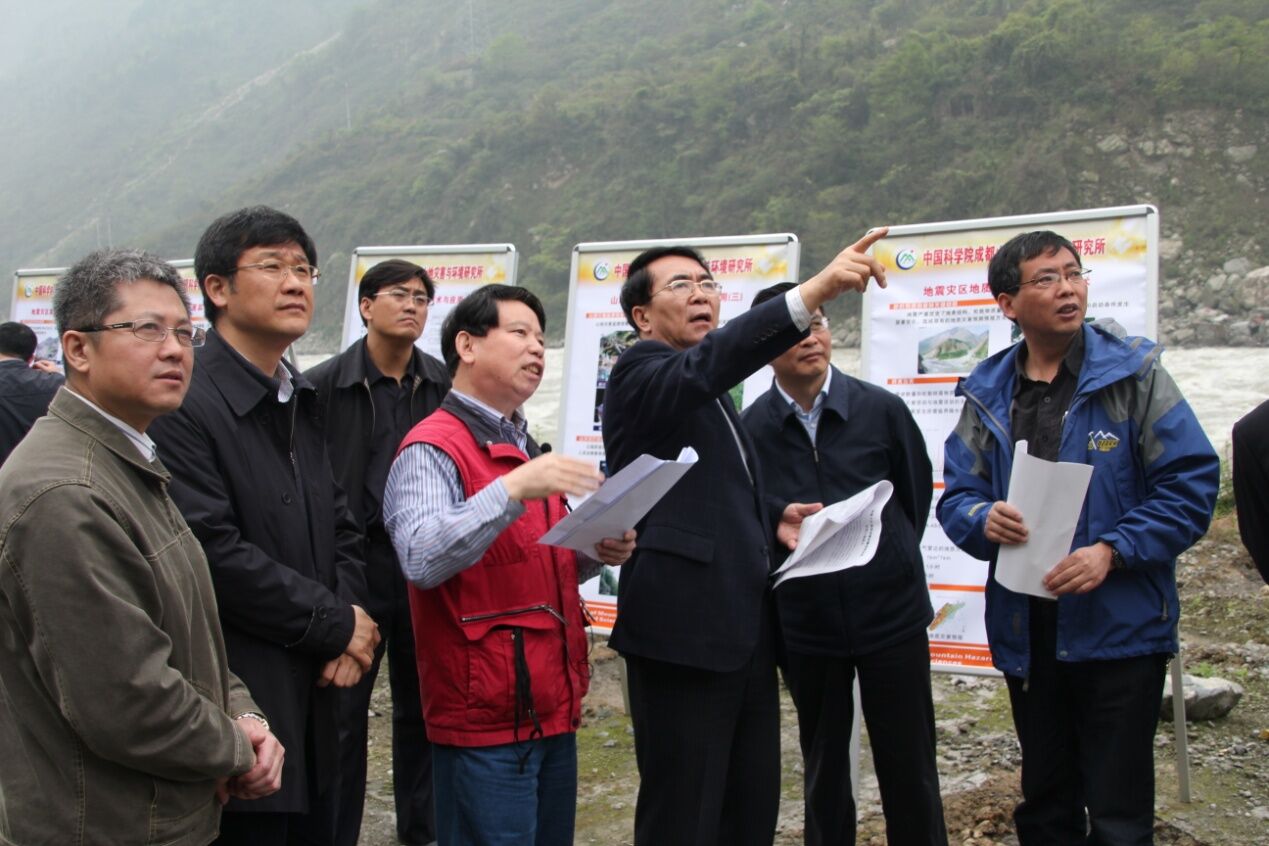Livelihood strategies denote the range and combination of activities and choices made by households. Some research has focused on the potential impacts of sustainable livelihood, and only a few studies have begun considering sensitivity of livelihood strategies.
Based on the gradient altitude and resettlement project, Prof. FANG Yiping of Institute of Mountain Hazards and Environment, Chinese Academy of Sciences (IMHE) and his team classified mountain settlements into four types: the high-mountain settlement, the semi-mountain settlement, the river valley settlement and the resettlement area. By using semi-structured interviews, the researchers have defined the farm and non-farm livelihood strategies as dependent variables, while the natural, human, physical, financial, and social capitals are considered as independent variables in order to model the relationship between livelihood strategies and livelihood capitals. In term of different settlements, we estimate the sensitivity of farm and non-farm livelihood strategies to livelihood capitals.
The results indicate that natural and human capitals exhibited a positive correlation with the farm livelihood strategy, although the effect varies with the four types of settlements. Financial and social capitals are the catalyst for driving non-farm activities.
Their findings suggest that no size fits all solutions to the livelihood strategy issues, and only livelihood capitals will be helpful in the long term if they are complemented by relative policies that enhance capital capacity as well as increase access to capitals.
The research was supported by the Key Program of the Chinese Academy of Sciences (grant No. KZZD-EW-06-03).
The research observation has been published in Ecological Indicators 38 (2014) 225–235.
